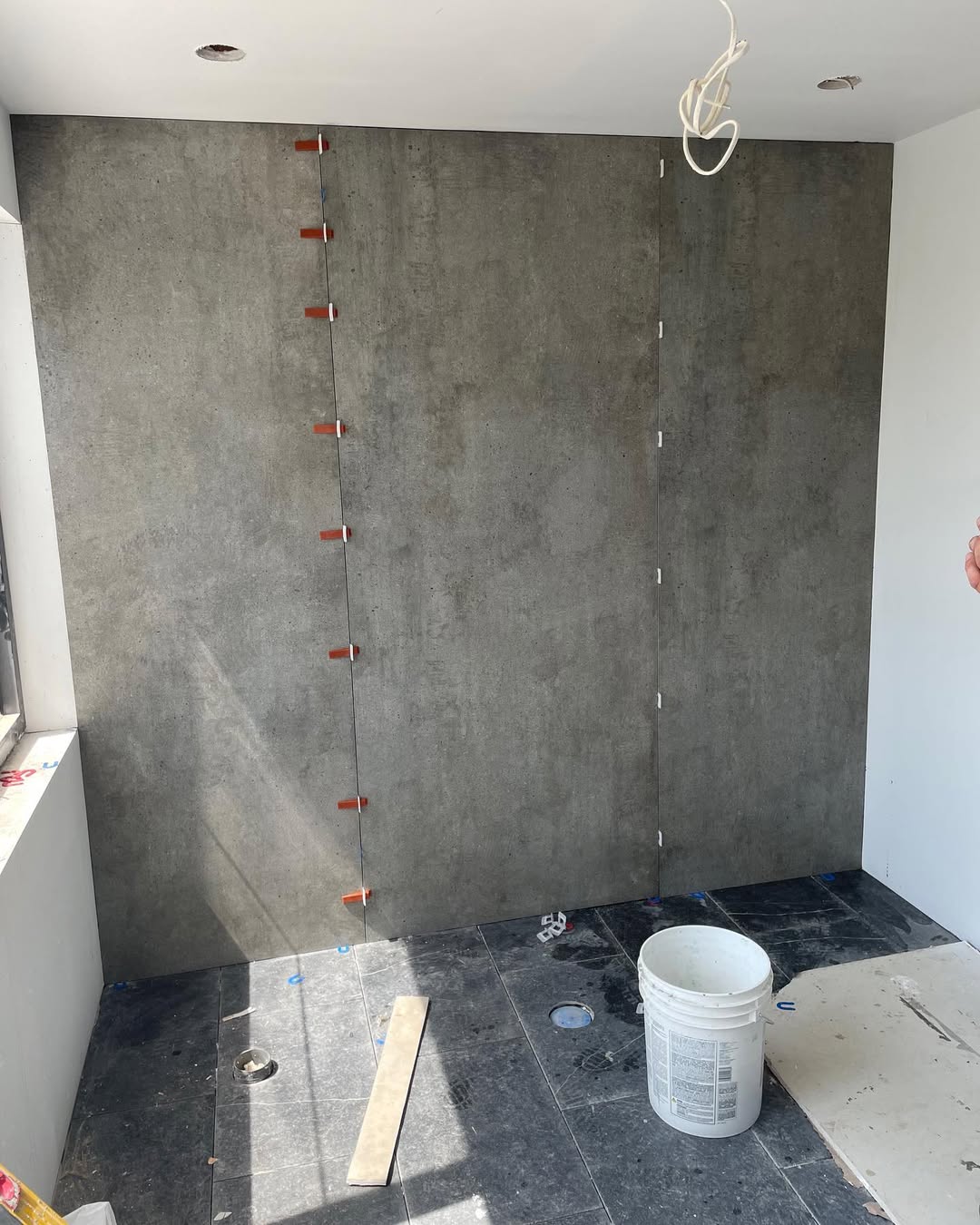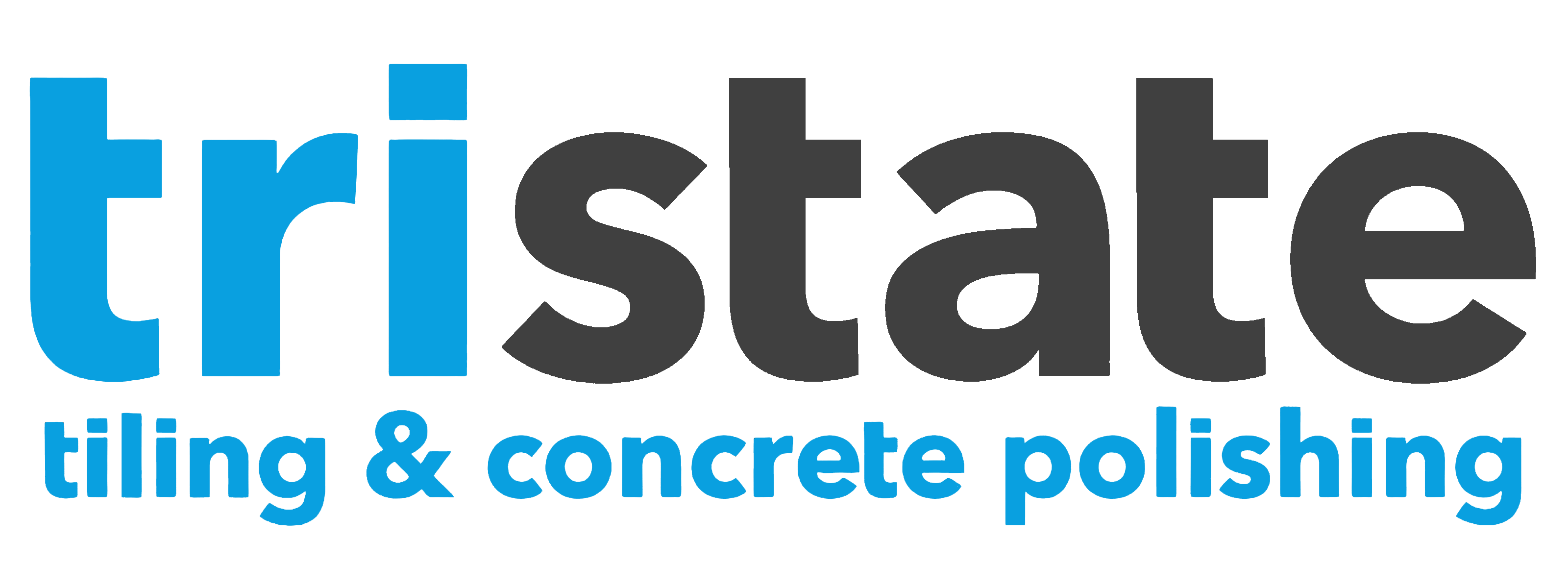
| Damage Type | Immediate Action Required | Professional Solution |
|---|---|---|
| Surface Water (0-24 hours) | Remove water, dry thoroughly, inspect | Assessment and preventive treatment |
| Tile Loosening/Lifting | Stop using area, document damage | Remove, dry substrate, reinstall |
| Grout Deterioration | Prevent further water penetration | Complete grout removal and replacement |
| Mold Growth | Isolate area, ensure ventilation | Full remediation and reconstruction |
| Structural Damage | Evacuate if unsafe, call professionals | Complete substrate replacement |
Picture this: you walk into your Connecticut home after a storm, only to find your beautiful tile floors under inches of murky water. Your heart sinks as you realize the damage that’s unfolding before your eyes. This scenario plays out far too often for Connecticut homeowners, where unpredictable weather patterns and aging infrastructure create the perfect storm for devastating water damage.
Water doesn’t discriminate. Whether it’s a burst pipe on a freezing January morning or storm surge from a hurricane along the coast, tile installations bear the brunt of these disasters. What many homeowners don’t realize is that the clock starts ticking the moment water touches their floors, and the difference between quick action and hesitation can mean thousands of dollars in repair costs.
The truth is, professional intervention within the first 24-48 hours often determines whether you’re looking at a manageable repair or a complete renovation nightmare. Connecticut’s humid climate makes this timeline even more critical, as moisture lingering in substrates creates ideal conditions for mold growth and structural damage that can affect your family’s health for years to come.
When Water Meets Tile: Understanding the Damage Process
Most homeowners see water damage as a surface problem, but that’s where the danger lies. Water is sneaky. It doesn’t just sit on top of your tiles looking innocent – it finds every tiny crack, every microscopic gap, and works its way beneath your beautiful installation like an unwelcome intruder.
Here’s what actually happens during those first critical hours:
Water seeps through grout lines and around tile edges, saturating the adhesive layer beneath. This adhesive, which once held your tiles firmly in place, begins to break down. Meanwhile, the substrate underneath – whether it’s plywood, concrete, or cement board – starts absorbing moisture like a sponge.
But the real threat comes from what you can’t see. In Connecticut’s humid environment, this trapped moisture doesn’t just evaporate away. Instead, it creates a hidden breeding ground for mold and bacteria that can spread throughout your home’s structure, compromising not just your floors but your family’s health.
Connecticut’s Unique Water Damage Challenges
Living in Connecticut means dealing with Mother Nature’s mood swings year-round. Coastal areas face the double threat of storm surge and nor’easters, while inland communities battle river flooding and flash floods from overwhelmed drainage systems.
Consider these Connecticut-specific risks:
- Coastal Salt Water Damage: Fairfield County homes face salt water intrusion that’s far more corrosive than fresh water floods
- Connecticut River Valley Flooding: Spring snowmelt and heavy rains regularly overflow riverbanks, affecting thousands of homes
- Urban Flash Flooding: Hartford, New Haven, and Bridgeport’s aging storm systems can’t handle today’s extreme rainfall events
- Basement Seepage: Connecticut’s rocky soil and high water tables make basement flooding a constant threat
The First 48 Hours: Your Action Plan
When disaster strikes, every minute counts. Here’s your step-by-step emergency response plan:
Hour 1-6: Stop the Damage
Safety first. If there’s any question about electrical hazards or structural safety, stay out and call professionals immediately. No tile floor is worth risking your life.
Remove standing water as quickly as possible using pumps, wet vacuums, or even buckets if that’s all you have. The goal is to stop additional water from penetrating deeper into your flooring system.
Document everything with photos and videos for insurance purposes, but don’t spend too much time on this initially – water removal is the priority.
Hour 6-24: Professional Assessment
This is when you call in the cavalry. Professional restoration teams have moisture detection equipment that can identify hidden water you can’t see. They’ll use thermal imaging cameras and penetrating moisture meters to map exactly where water has traveled through your home.
Don’t attempt to remove tiles yourself at this stage. Professionals can often save tiles that appear damaged, and improper removal can cause additional substrate damage that increases repair costs significantly.
Hour 24-48: Restoration Planning
With professional assessment complete, you’ll have a clear picture of the damage extent and repair requirements. This is when insurance claims get filed and restoration plans get finalized.
Pro Tip: Connecticut homeowners often underestimate flood damage because they only see surface effects. Professional moisture detection frequently reveals damage extending 3-5 feet beyond visible water lines.
Professional Restoration: Science Meets Craftsmanship
Modern water damage restoration isn’t just about mopping up and hoping for the best. Today’s professionals use advanced technology that would have seemed like science fiction just a decade ago.
Advanced Drying Technology
Professional restoration teams deploy industrial dehumidifiers and air movers that create controlled drying environments. These aren’t the little dehumidifiers you buy at Home Depot – we’re talking about equipment that can process thousands of pints of moisture per day.
Injection drying systems can actually remove moisture from substrates without removing surface tiles in many cases. These systems inject heated, dry air directly into wall and floor cavities, creating negative pressure that pulls moisture out of building materials.
The Art of Selective Restoration
Here’s where experience really matters. Skilled restoration professionals can evaluate each tile and determine what can be saved versus what needs replacement. Expert restoration services often salvage 60-70% of tiles that homeowners assume are total losses.
The process involves carefully removing tiles section by section, treating and drying substrates, then reinstalling saved tiles alongside perfectly matched replacements. It’s delicate work that requires both technical skill and artistic vision to ensure seamless results.
The Mold Menace: Connecticut’s Hidden Threat
In Connecticut’s humid climate, mold isn’t just a possibility after water damage – it’s almost inevitable without proper intervention. Mold spores are everywhere in our environment, just waiting for the right conditions to explode into growth.
Those conditions? Moisture, organic material (like wood substrates), and temperatures between 40-100°F. Connecticut provides the perfect environment, especially during our muggy summers.
Professional Mold Prevention Strategies
Prevention beats remediation every time. Professional restoration includes antimicrobial treatments that create hostile environments for mold growth. These EPA-approved treatments penetrate deep into building materials, providing long-term protection even if small amounts of moisture return.
Environmental controls during restoration maintain humidity levels below 60% and ensure proper air circulation. This controlled environment prevents mold growth while allowing proper drying and restoration work to proceed safely.
Health Alert: Mold exposure can cause respiratory problems, allergic reactions, and other health issues, especially for children, elderly family members, and those with compromised immune systems. Professional mold prevention isn’t just about protecting your property – it’s about protecting your family’s health.
Insurance Navigation: Getting What You Deserve
Insurance claims for water damage can be complicated, especially when dealing with tile installations. Insurance adjusters aren’t necessarily tile experts, and they might not understand the full scope of work required for proper restoration.
Documentation is Everything
Professional restoration companies understand insurance requirements and provide the detailed documentation adjusters need. This includes moisture readings, damage photography, material identification, and scope of work details that support appropriate claim settlements.
Many homeowners don’t realize that “matching” requirements in insurance policies often require replacing entire rooms or floors when exact tile matches aren’t available. Professional documentation helps ensure these requirements work in your favor rather than against you.
Working with Adjusters
The key to successful insurance claims is education. Adjusters handle all types of damage, but they may not understand the complexity of tile restoration. Professional restoration companies can provide technical information that helps adjusters understand why certain procedures are necessary.
For example, simply replacing visible damaged tiles often isn’t sufficient if underlying moisture has compromised substrates. Professional assessment and documentation help adjusters understand why comprehensive restoration is necessary for safe, lasting repairs.
Prevention: Your Best Investment
Water damage restoration provides an opportunity to implement improvements that reduce future risks. Smart homeowners use restoration projects to upgrade their protection against future water events.
Enhanced Waterproofing Systems
Modern waterproofing technology offers superior protection compared to systems installed in many Connecticut homes. Liquid membrane systems, vapor barriers, and drainage improvements can provide comprehensive protection that prevents future damage.
These systems pay for themselves by preventing future water damage events that could cost tens of thousands of dollars. When you’re already doing restoration work, adding enhanced waterproofing often costs relatively little while providing enormous long-term value.
Smart Home Integration
Water detection systems can provide early warning of developing problems before they cause significant damage. These systems monitor moisture levels continuously and alert homeowners to potential problems via smartphone apps.
Automatic water shutoff systems can stop water damage in its tracks by shutting off main water lines when leaks are detected. These systems are particularly valuable for Connecticut homeowners who travel frequently or own second homes.
Choosing Your Restoration Team
Not all restoration companies are created equal. Here’s what to look for when choosing professionals for your Connecticut water damage restoration:
Certifications and Training
Look for IICRC (Institute of Inspection, Cleaning and Restoration Certification) certified technicians. This certification ensures restoration professionals have appropriate training in water damage restoration, structural drying, and applied microbial remediation.
Connecticut-specific experience matters too. Companies familiar with local building codes, insurance requirements, and climate challenges provide better service than out-of-state contractors unfamiliar with Connecticut conditions.
Emergency Response Capabilities
Water damage doesn’t wait for business hours. Professional restoration companies should offer 24/7 emergency response with equipment and personnel ready for immediate deployment. Comprehensive restoration capabilities ensure single-source responsibility for your entire project.
Frequently Asked Questions
How quickly should I call professionals after discovering water damage to my tiles?
Contact professionals within 24 hours of discovering water damage. Quick response prevents mold growth and can often save tiles and substrates that would otherwise require complete replacement.
Will my insurance cover water damage tile repair in Connecticut?
Coverage depends on your policy and damage cause. Sudden events like burst pipes are typically covered, while gradual leaks may not be. Professional documentation helps maximize legitimate claims.
Can tiles be saved after flood damage or do they need complete replacement?
Many tiles can be saved with professional restoration, especially if water exposure was brief and contamination was minimal. Professional assessment determines what can be preserved versus what requires replacement.
Your Path Forward: From Disaster to Recovery
Water damage feels overwhelming when it happens to your Connecticut home, but it doesn’t have to spell disaster for your beautiful tile installations. With quick action, professional expertise, and the right restoration approach, most water-damaged tile floors can be restored to their original beauty – often with improved performance and protection against future events.
The key is understanding that water damage restoration is both a race against time and a complex technical challenge that requires professional expertise. Connecticut’s climate and building conditions make professional intervention essential for successful outcomes that protect both your property investment and your family’s health.
